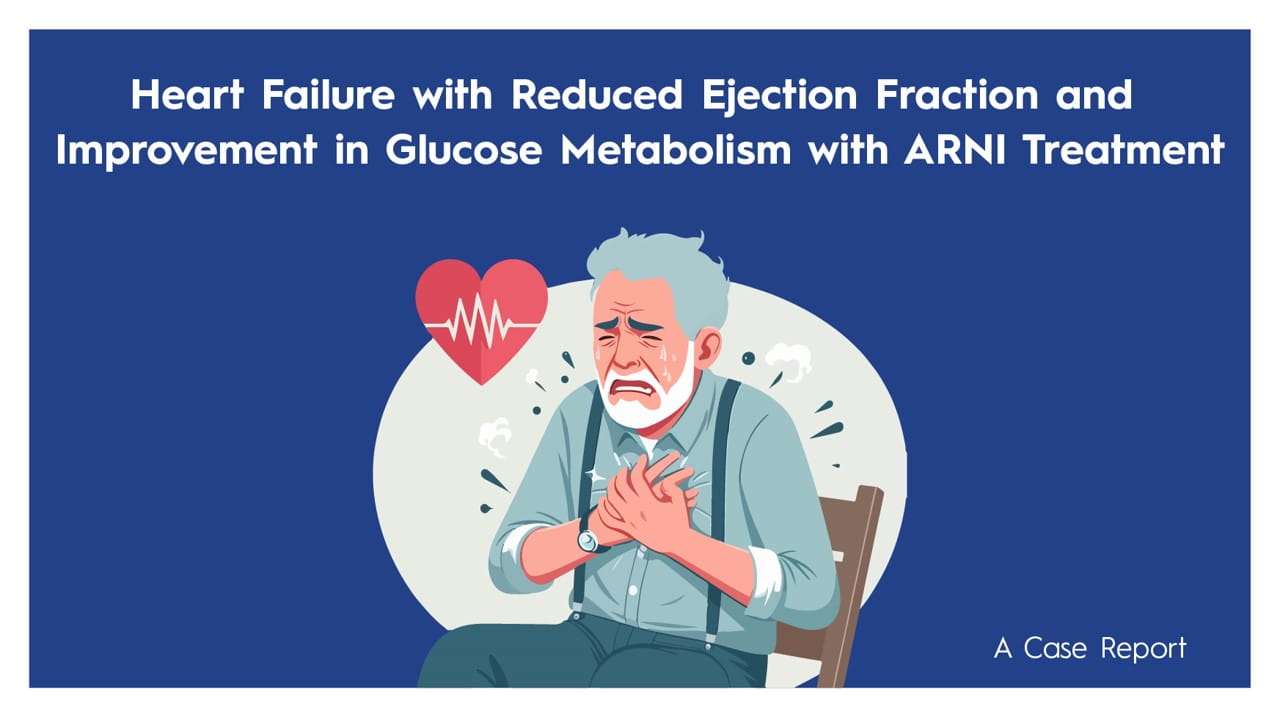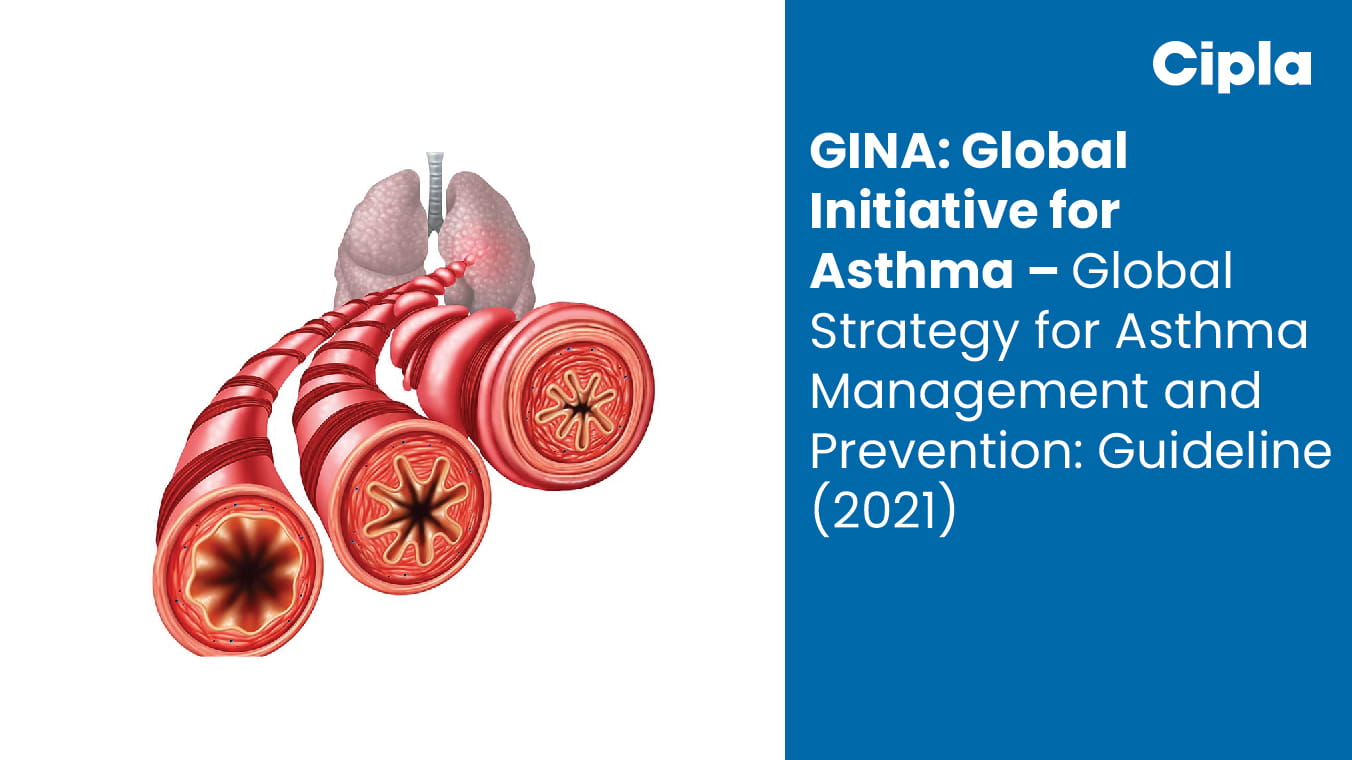ADA 2025: 1315-P - Lipid-Lowering Therapy Patterns of High-Risk Cardiovascular Patients without Prior Myocardial Infarction or Stroke VESALIUS-REAL Results from Patients with High-Risk Diabetes in the U.S.
Introduction:
The VESALIUS-REAL trial evaluated lipid-lowering therapy (LLT) patterns in U.S. patients with diabetes mellitus (DM).
Methods:
Patients aged ≥50 years with high LDL-C ≥90 mg/dL and high-risk DM (defined by microvascular complications or chronic insulin use) or atherosclerotic conditions (coronary artery disease [CAD], cerebrovascular disease [CeVD], peripheral artery disease [PAD]) but no prior myocardial infarction or stroke were identified using HealthVerity claims data (2016–2022). LLT use and LDL-C levels at index and 1-year post-index were assessed. LLT intensification was defined by dose increase, switch to more intensive therapy, or addition of another drug class.
Results:
- A total of 103,981 patients with high-risk DM were identified (median age 65 years; 56% female).
- Comorbid CAD, CeVD, and PAD were present in 11%, 4%, and 5% respectively.
- Among 37,072 patients with 1-year follow-up and LDL-C records, 81% had LDL-C >70 mg/dL.
- At index, 79% had LDL-C >70 mg/dL, yet only 48% received any LLT.
- Among those not on LLT at index, 36% initiated therapy within 1 year.
- LLT intensification occurred in only 24% of patients within 1 year.
Conclusion:
A significant gap in LDL-C testing and lipid-lowering treatment was identified in high-risk diabetes patients, with low proportion of patients on lipid management as per American Diabetes Association recommendations in view of reducing risk of major ischemic events.
ADA 2025, 20-23 June, Chicago




